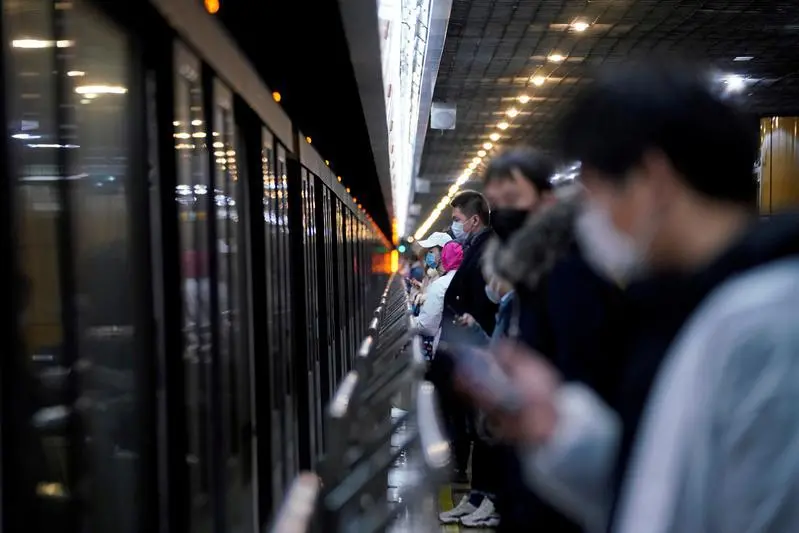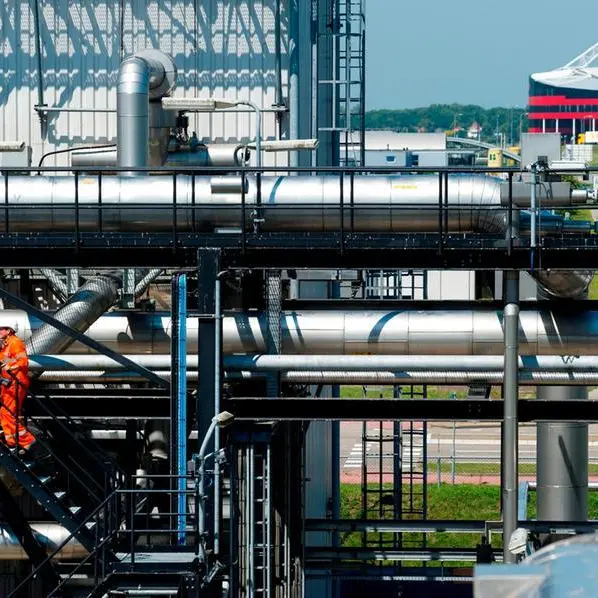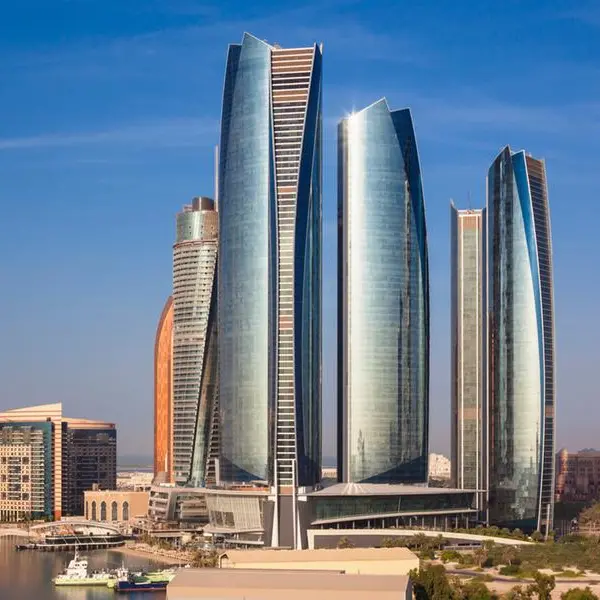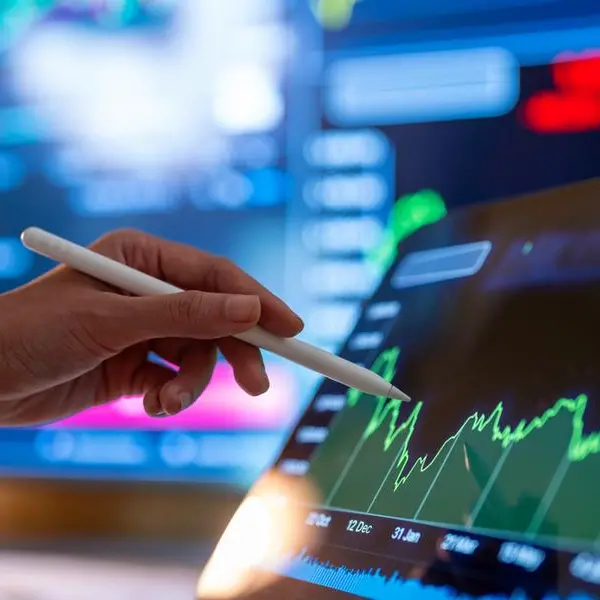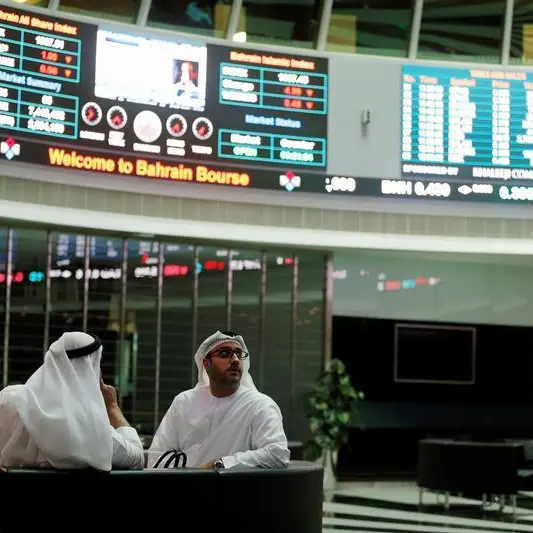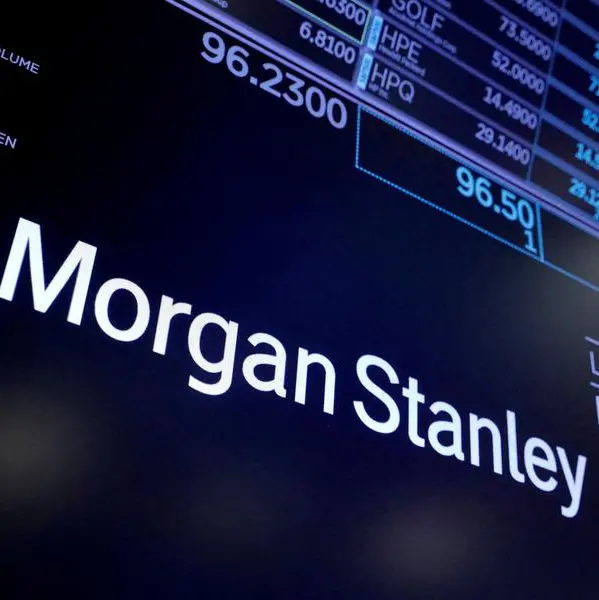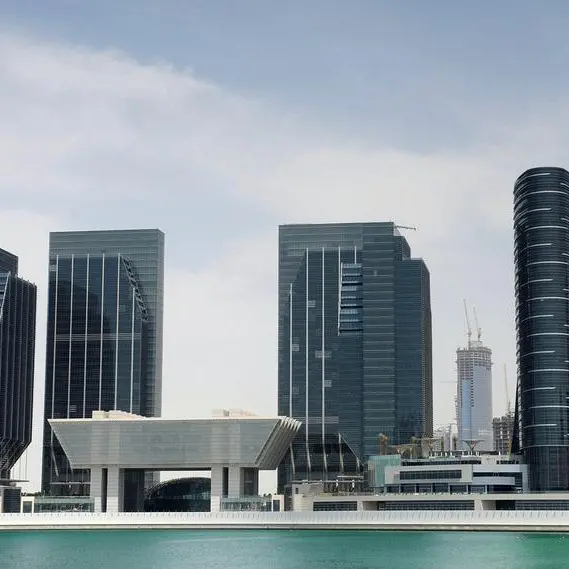PHOTO
Belt and Road Initiative (BRI) investments in Central Asia, sub-Saharan Africa and Asia Pacific (APAC) could be impacted by a more prolonged outbreak of coronavirus, according to Moody’s.
The ratings agency said in a report last week that for many countries in these three regions, the BRI projects are a major driver of investment growth.
“Interruptions to capital or labour availability, or delays in implementation could hurt growth, if the effects of the virus were prolonged,” the report said.
Elaborating on the capital availability issue, Anushka Shah, a Moody’s Vice President and Senior Analyst, and co-author of the report, pointed out that BRI projects are predominantly funded by construction contracts with Chinese firms.
“With regard to capital, at this time, the effects of the coronavirus have primarily translated into slower consumption. However, a prolonged outbreak could start to influence investment decisions, possibly through a reprioritisation of capital,” she told Zawya in an email interview.
With many BRI projects utilising Chinese labour, and given the severe restrictions to travel, there may be disruptions to the availability of this labour, she said, adding, BRI projects were not particularly concentrated in any one region.
“…the scale of investment compared to the size of the host economy would matter, since disruptions to projects where the projects are large relative to GDP may result in greater economic impacts on those countries,” she said.
Pakistan, Malaysia, Kazakhstan, Sri Lanka and Cambodia have received the largest investment flows, according to Moody’s.
However, the scale of investment also differs materially, explained Shah.
“For example, although Pakistan has received the largest absolute volume of Chinese investment, relative to GDP, investment is significantly higher in the Kyrgyz Republic, Mongolia, the Maldives and Cambodia,” she said.
Direct impact
The direct impact of the coronavirus outbreak on growth through multiple channels will centre on APAC and potentially some commodity exporters globally, according to the report.
The direct impact on GDP growth for most exposed economies, in the absence of a “very quick recovery” in Chinese demand, could range between 0.5-1.5 percentage points for every percentage point decline in China's GDP growth, it said.
Moody’s current baseline assumption is for the economic impact of the outbreak to continue for a number of weeks, after which normal activity will gradually resume.
Under such a scenario, Moody’s expects GDP growth to fall significantly in Hong Kong and Macao due to their particularly strong trade ties with, and tourism flows from China, the report said.
Other economies exposed to a fall in Chinese demand for goods, according to Moody’s, include Taiwan, Singapore, Malaysia and Korea due to their supply chain linkages, and commodity producers – mainly in Africa and the Gulf, as well as a few countries in APAC – with export bases exposed to weaker demand from China.
In a scenario where the outbreak is more prolonged, the report cautioned, disruptions to supply chains and a possible extended fall in commodity prices could cause significant second-round economic effects, hurting commodity-producing sovereigns with already weak credit profiles, such as Zambia, Republic of the Congo, and Mongolia. For example, nearly 80 percent of Mongolia's exports are commodity-related, and of these, about 90 percent are to China.
Moreover, sovereigns that rely on foreign-currency borrowing for nearer-term funding needs, such as Mongolia, Pakistan and Sri Lanka may face tighter financing conditions under second-round effects.
The impact will be muted for countries in Europe and the Americas because of their more modest trade and tourism links, the report concluded.
There were 1,402 BRI projects worth $2.02 trillion underway globally as on 31 January 2020, according to Refinitiv BRI database.
(Reporting by Anoop Menon, editing by Seban Scaria)
Disclaimer: This article is provided for informational purposes only. The content does not provide tax, legal or investment advice or opinion regarding the suitability, value or profitability of any particular security, portfolio or investment strategy. Read our full disclaimer policy here.
© ZAWYA 2020
